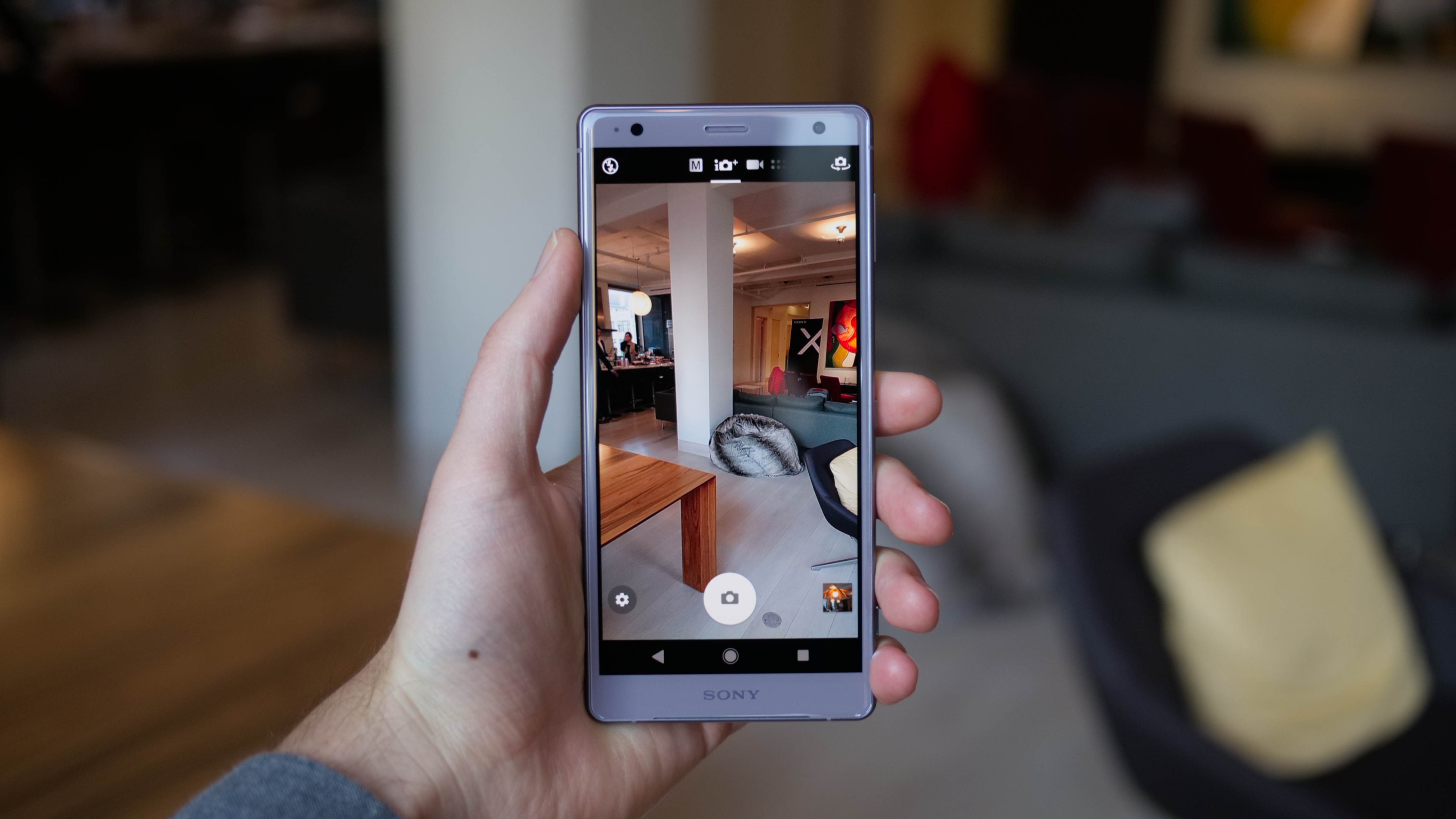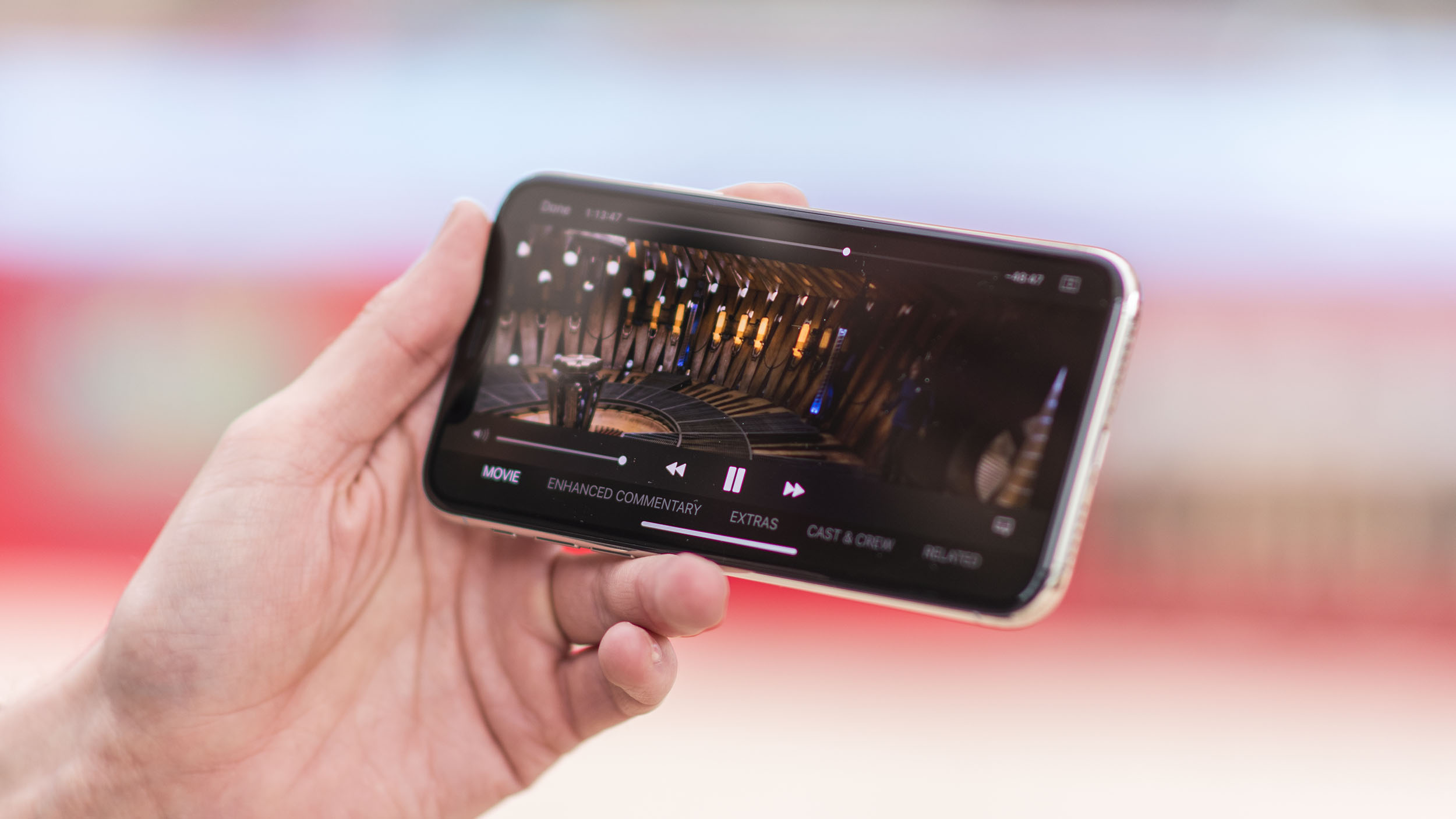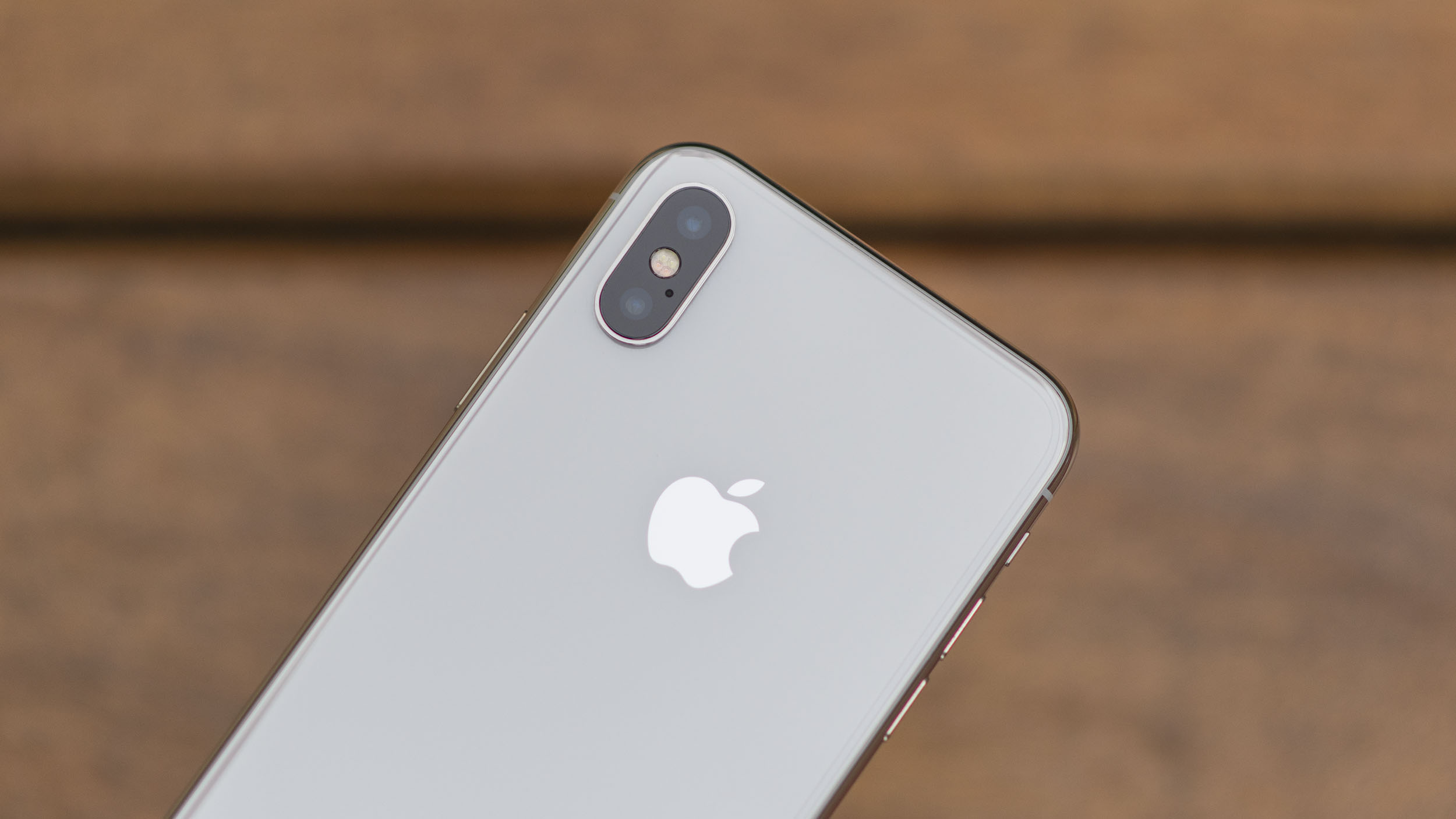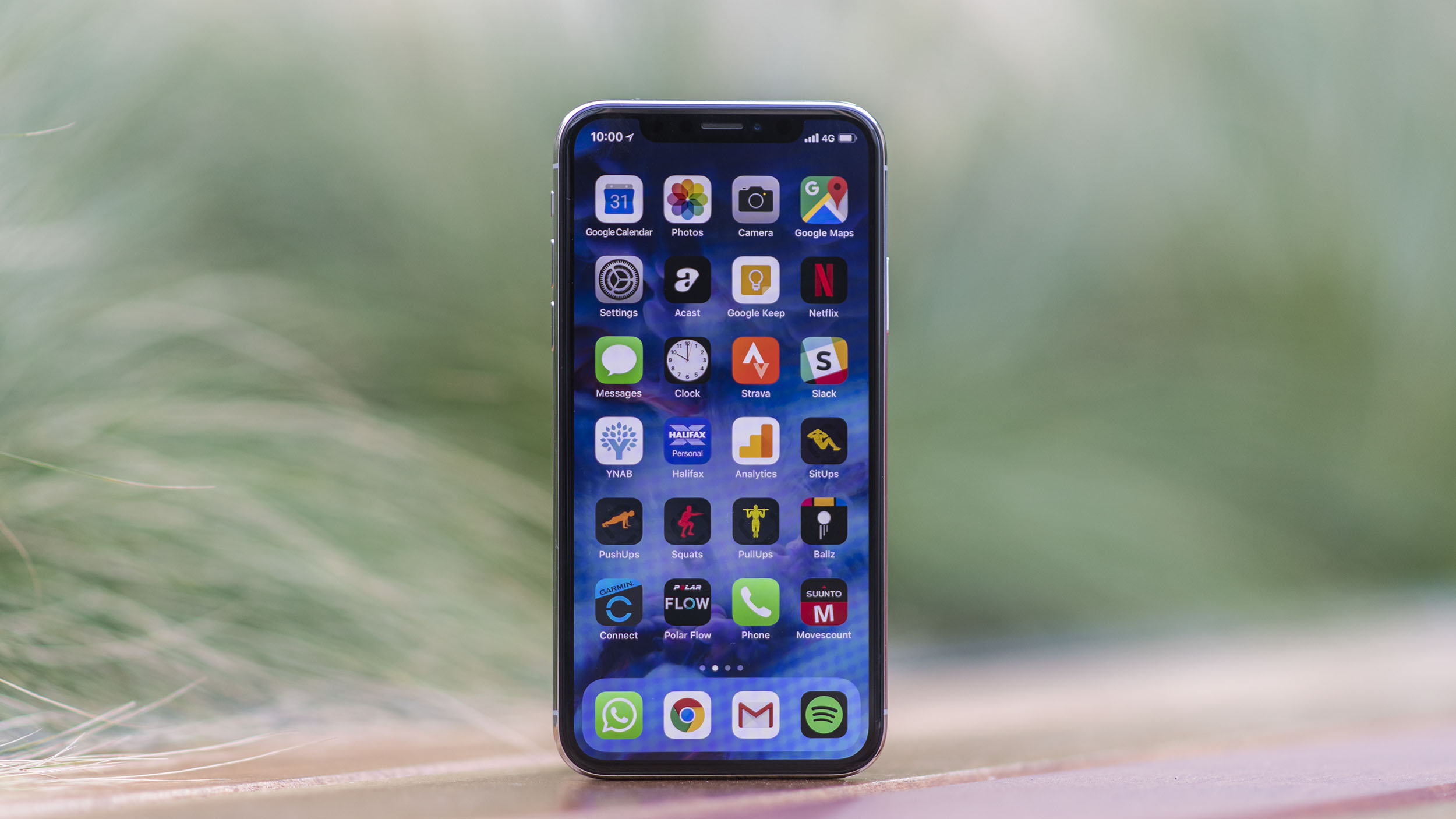Sony Xperia XZ2 vs iPhone X
Android vs iPhone with another flagship phone

Some people out there will be wondering something: is it time switch to Android or stick with Apple and go for the new iPhone? It's a fair question... Android devices - while not cheap - are less costly than the iPhone X, and are arguably more feature-rich.
But Apple's always tried to just make its phones usable, rather than filled with the latest specs, and while it does command a high premium, it's one that many people seem willing to pay - so here's how the new handset from Sony, the Xperia XZ2, stacks up against the all-new iPhone X for those a little confused over which to pick.
Design

The design of the two phones is pretty similar, as both have a large, low-bezel face with a longer screen inside, and are made from premium materials. The iPhone is glass and metal in a more 'obvious' way, with the chromed metal shining out, where Sony's gone for a shimmering glass shell designed to catch the eye when left on the table.
In terms of dimensions, we're looking at 153 x 72 x 11.1mm for the Sony Xperia XZ2, where the iPhone X comes in a little thinner at 143.6 x 71 x 7.7mm - although both feel comfortable in the hand. The build quality, general size and overall effect is pretty similar, and that's borne out in the price.
Price

While we're thinking about how much these phones cost compared, it's rather large. The iPhone is nearly 50% more than the Sony Xperia XZ2, with the former costing £1000 ($1,000 / AU$1,579) and the latter £699 (around $975 / AU$1250) at launch. That's expensive for both, but when you see the specs on offer, it's harder to see where the disparity lies.
Display

The Sony Xperia XZ2 comes with a 5.7-inch display, but tops out at Full HD+ resolution, which feels a little fuzzy given most of the top handsets have a sharper QHD display. That said, it is HDR compatible and will upscale standard definition range to High Dynamic Range - so, instant SDR to HDR even on streamed services.
The iPhone X uses OLED technology from Samsung that it's personally tuned to give accurate color reproduction, and it's already been dubbed one of the best displays on the market. It does come with the notch at the top despite being 5.8 inches in size, so that might ruin the immersive feeling a touch for some.
Get daily insight, inspiration and deals in your inbox
Sign up for breaking news, reviews, opinion, top tech deals, and more.
It does offer HDR video playback, although there's no obvious upscaling going on.
OS and power

It would be something of a surprise if Sony and Apple were running the same operating system on their respective phones, given Sony's all-in with the Android camp and Apple's gone a different way with its own iOS. Both are running the latest version of their respective platforms, with Sony offering Android 8 Oreo and Apple using the iPhone X as the poster child for it's latest software update.
In terms of what lies beneath the screen, Apple slightly has the edge, if the benchmarks are to believed. Looking at both on the Geekbench test, Apple's A11 Bionic chipset is the more capable option, and seems to be better at multi-tasking, too. However, the Qualcomm Snapdragon 845 is incredibly powerful, and the score of 8,427 isn't far off what Apple is managing at 10,249.
The Sony also comes with 4GB of RAM, where unofficially Apple has packed in 3GB (unofficial because the brand doesn't publish these numbers) - both of them should run blazingly quick under the finger, though.
Camera

Here, Apple has two holes but Sony has decided to stick with one, in order to (presumably) save money and believing it doesn't need to chase stats to offer the best camera on the market.
Apple has dual 12MP sensors, with one being a two-times zoom lens, locked to a certain length to offer great pictures without needing to move closer. Sony's single 19MP option doesn't have the same prowess, but does bring 4K HDR video recording where Apple is limited to just 4K. And where it has 720p slow motion recording, Sony can do 1080p at a super slo-mo level.
However, we know the iPhone X can take brilliant pictures, where we've not had enough time with the Sony Xperia XZ2 to really assess its abilities. In fact, we weren't even able to test it in the briefing as the camera app was buggy - but Sony is maintaining that it has worked with Qualcomm to bring some real image enhancements to the picture quality.
On the front, Apple has two sensors that it's able to use for depth sensing, allowing for the creation of Animoji as well as facial recognition unlocking through Face ID - Sony just has a single 5MP sensor, but it can be used to create a 3D scan of your face.
Battery

Battery life on the iPhone X is pretty good according to our tests, lasting over a day in most use cases. Again unofficially, the size of the battery pack is 2716mAh, where Sony is bringing out a 3180mAh battery with its new Xperia XZ2.
What's new for both phones this year is wireless charging, with both using the Qi standard to pass electricity over the air and not plumbing it in through a cable.
Takeaway

If you're wondering which of these phones to buy next, make sure you try to use them first. If you've come from an iPhone then you'll be surprised by the new shape and gesture controls, although will probably enjoy the new and more immersive screen.
If you are in the market for a new Android phone, if the price comes down a little on the Sony Xperia XZ2 then you could have a real winner on your hands. It's a little expensive to start, but it offers nearly all the stats we'd have expected, plus a few more.
But realistically you just have to ask yourself two questions: 1. Can I afford the iPhone? and 2. Do I want to stick with iOS? If the answer is yes to both, then go for the iPhone X - you'll really enjoy it.
However, if you're willing to try something a little different, then the Sony Xperia XZ2 has some innovation packed in - nothing headline-grabbing, but enough to feel like you're getting a polished product (for the most part).
MWC (Mobile World Congress) is the world's largest exhibition for the mobile industry, stuffed full of the newest phones, tablets, wearables and more. TechRadar is reporting live from Barcelona all week to bring you the very latest from the show floor. Head to our dedicated MWC 2018 hub to see all the new releases, along with TechRadar's world-class analysis and buying advice about your next phone.

Gareth has been part of the consumer technology world in a career spanning three decades. He started life as a staff writer on the fledgling TechRadar, and has grew with the site (primarily as phones, tablets and wearables editor) until becoming Global Editor in Chief in 2018. Gareth has written over 4,000 articles for TechRadar, has contributed expert insight to a number of other publications, chaired panels on zeitgeist technologies, presented at the Gadget Show Live as well as representing the brand on TV and radio for multiple channels including Sky, BBC, ITV and Al-Jazeera. Passionate about fitness, he can bore anyone rigid about stress management, sleep tracking, heart rate variance as well as bemoaning something about the latest iPhone, Galaxy or OLED TV.